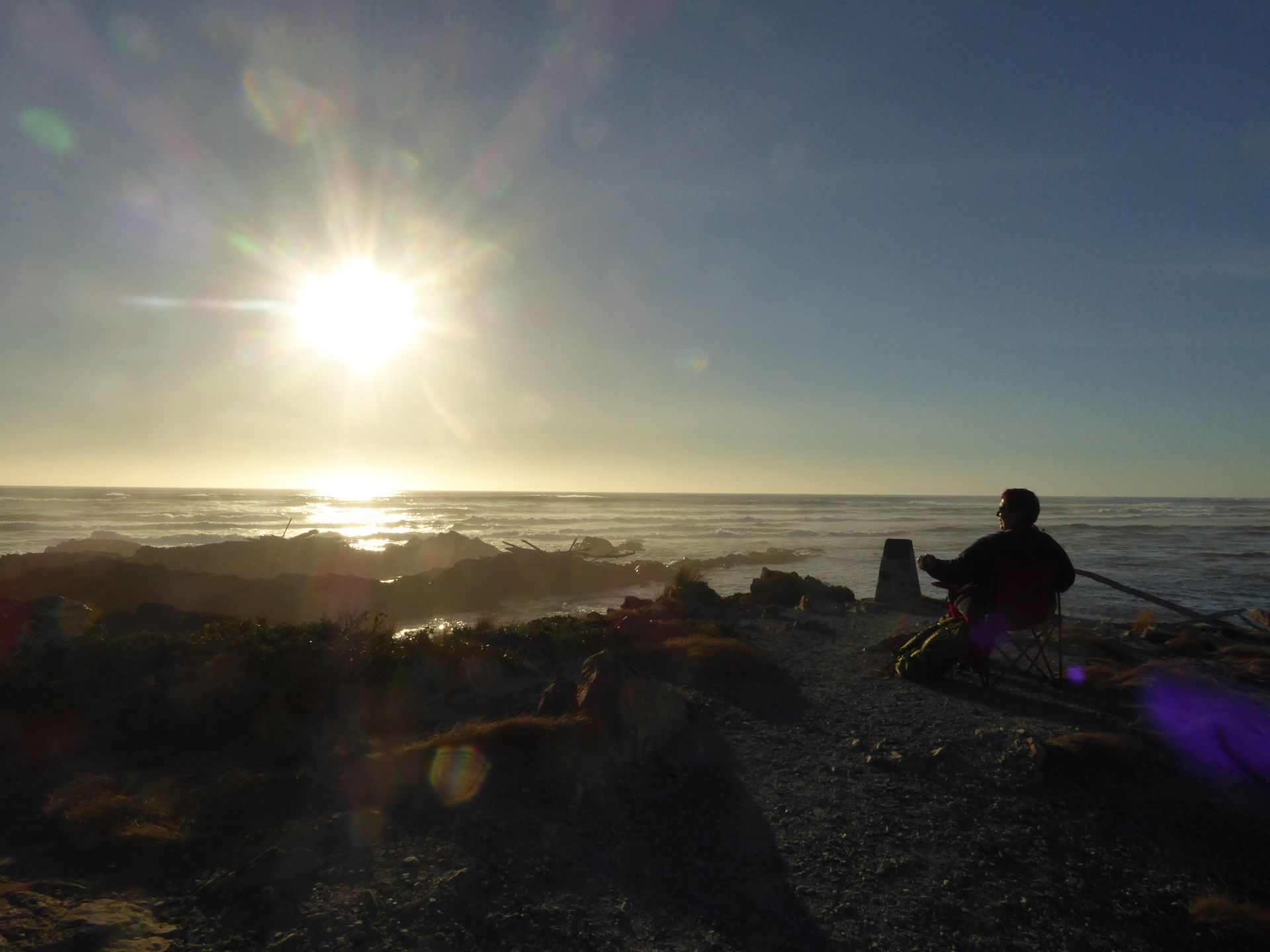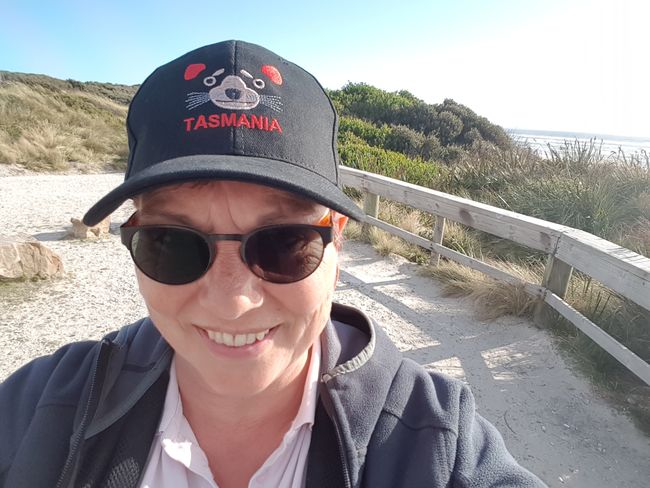Grindelwald, Launceston and the Cataract Gorge
已發表: 06.02.2018
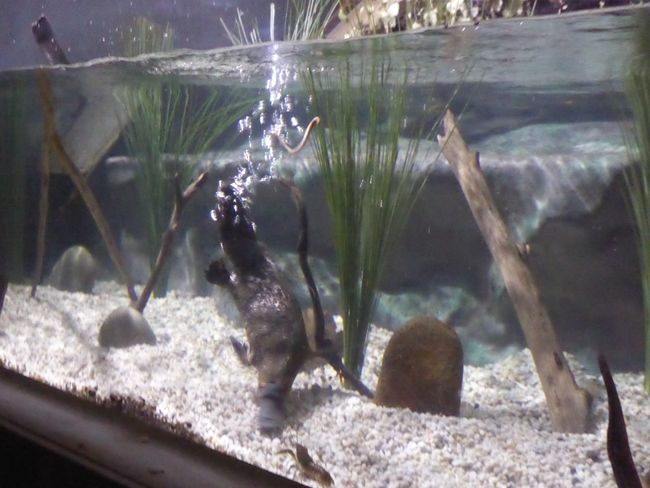
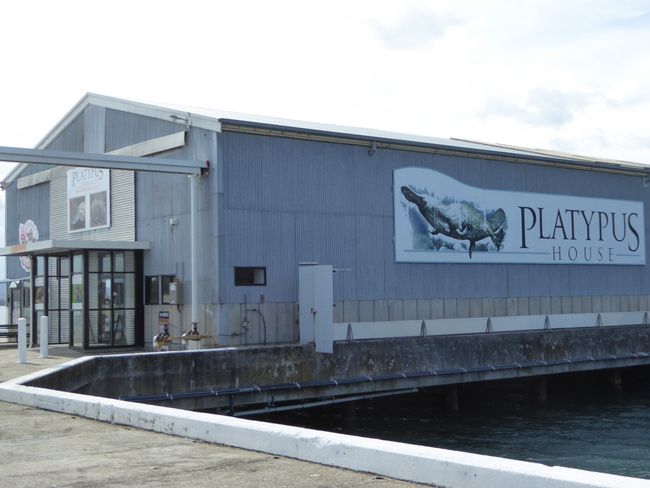
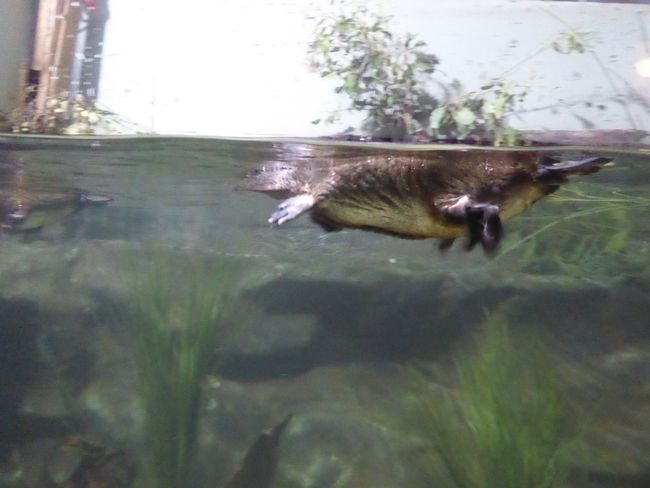
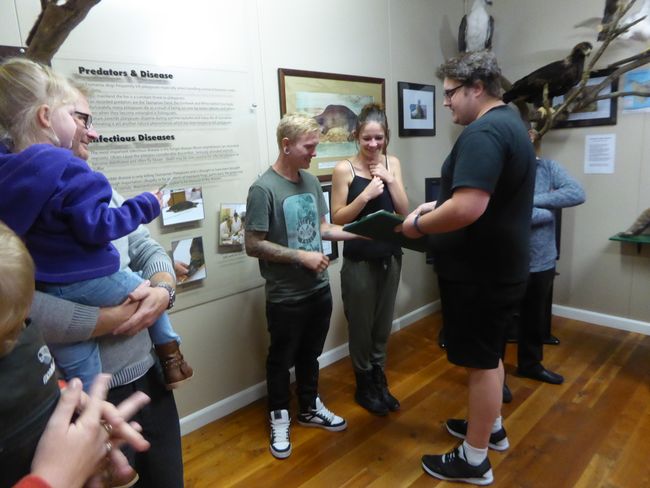
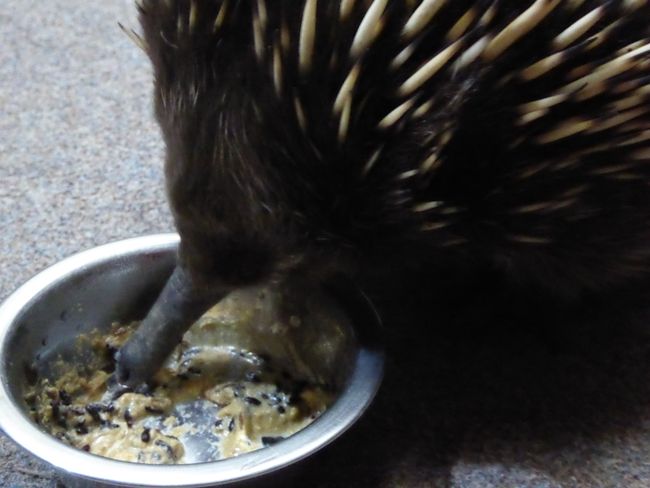
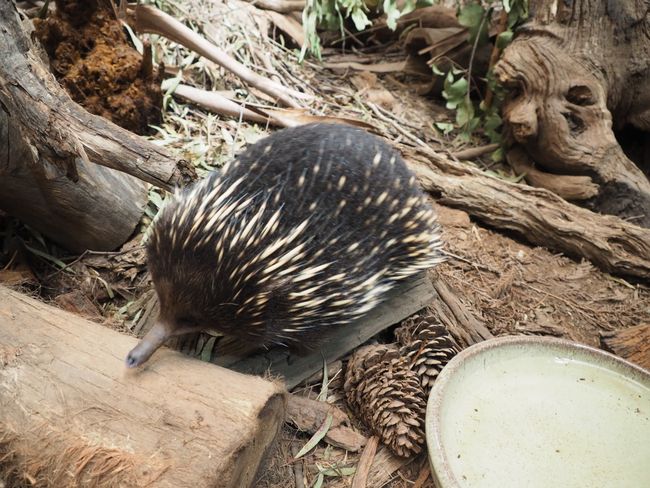
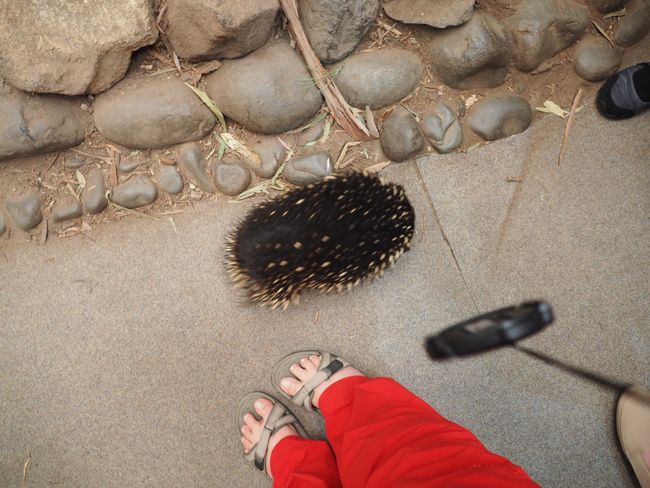
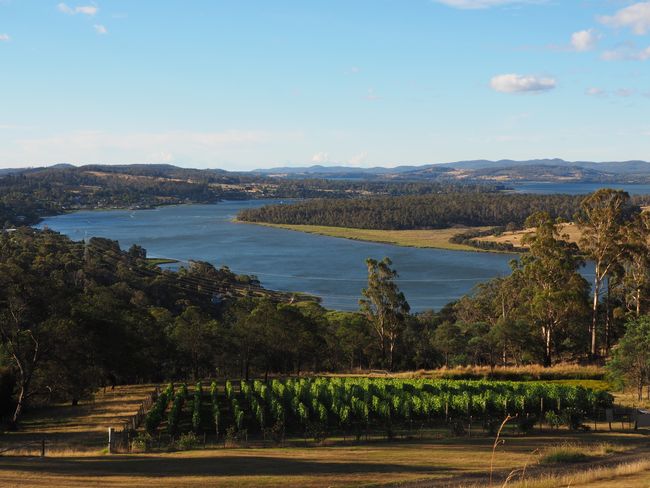
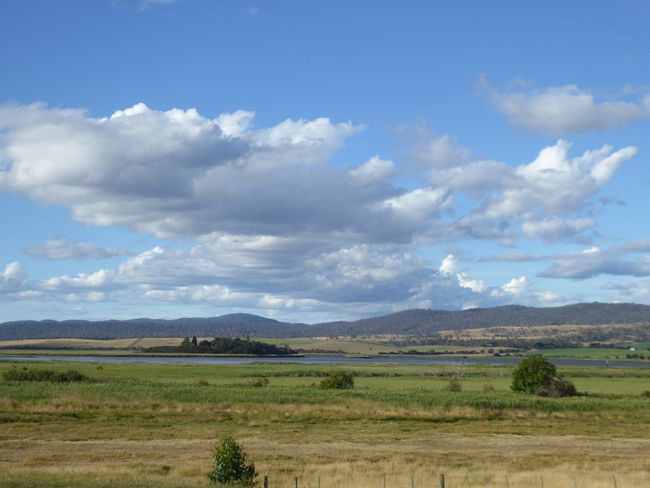
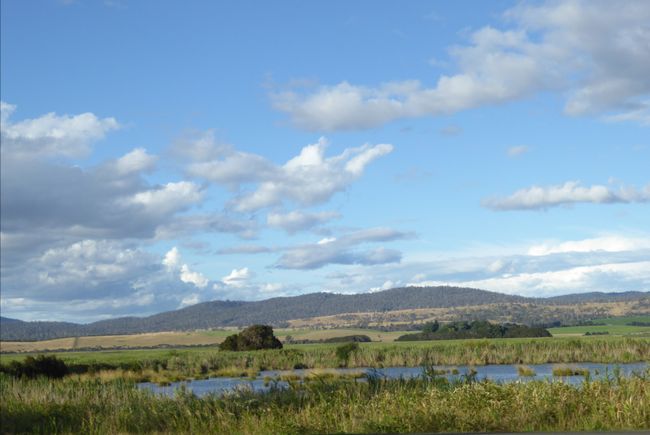
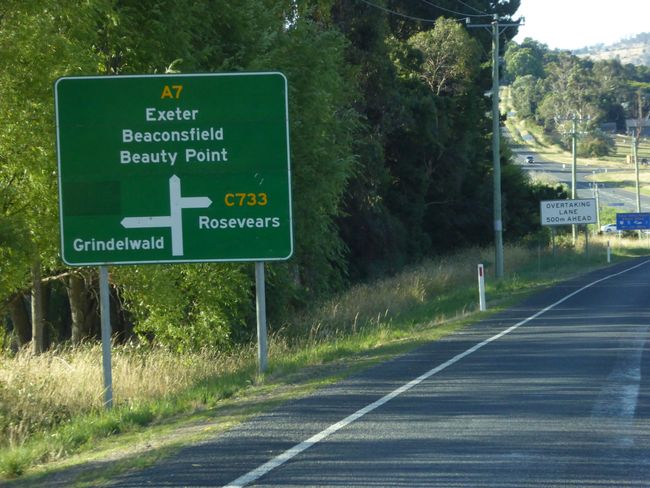
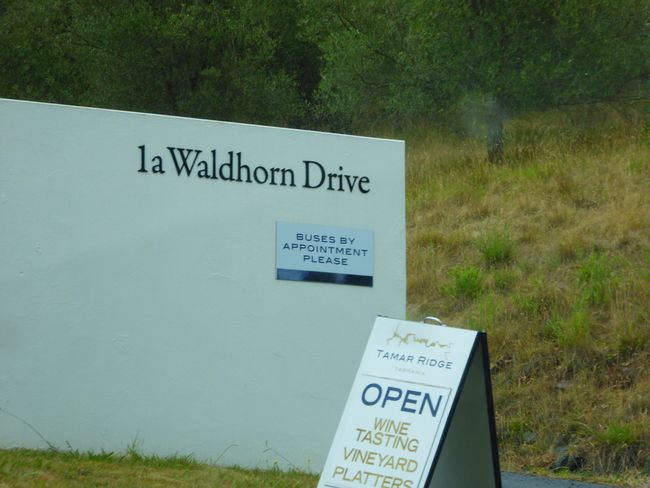
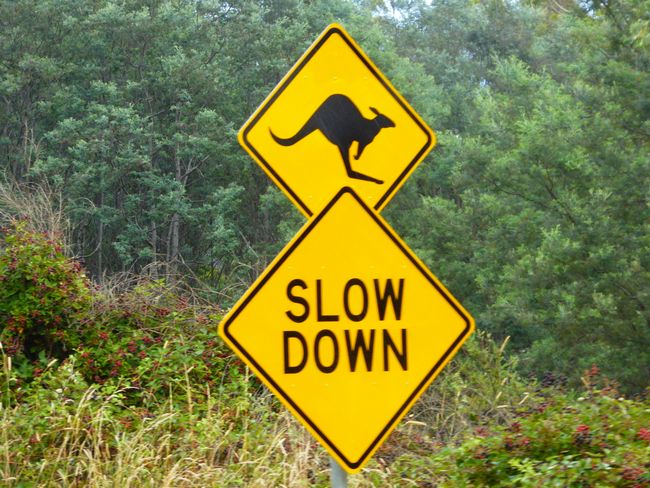
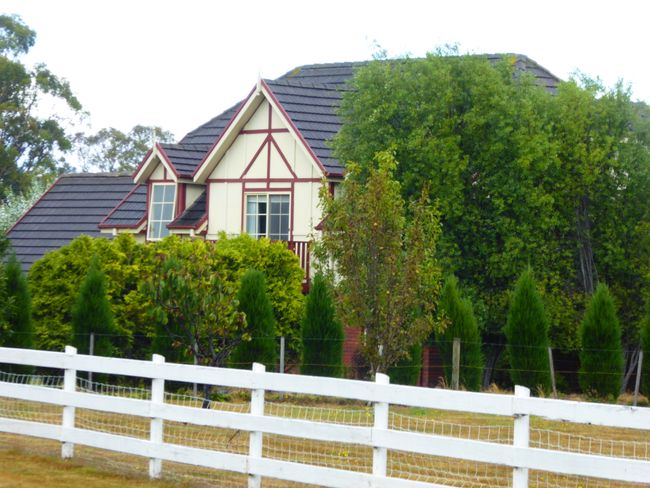
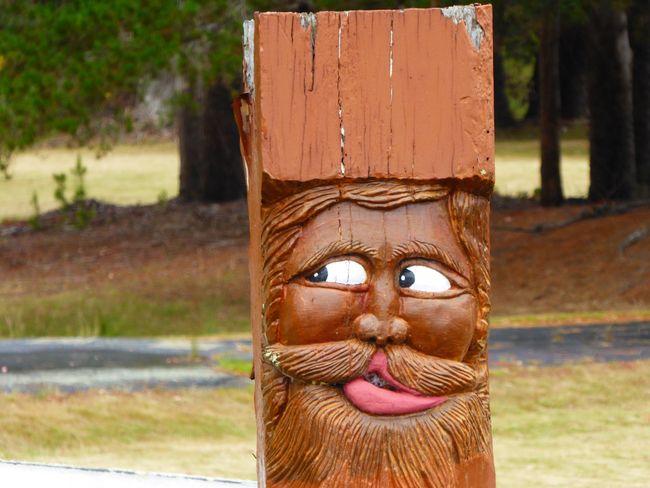
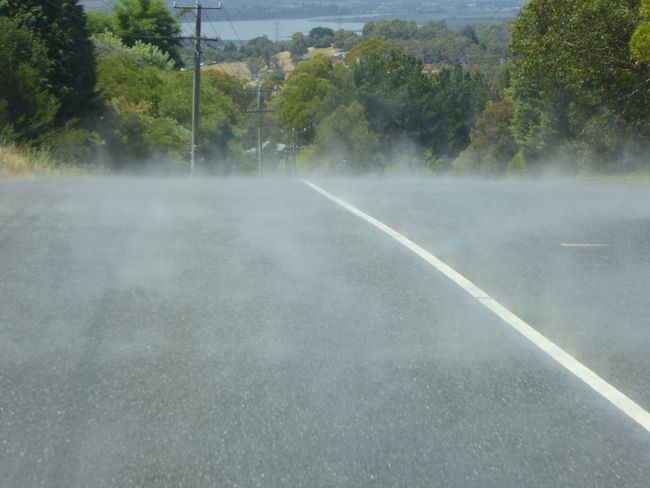
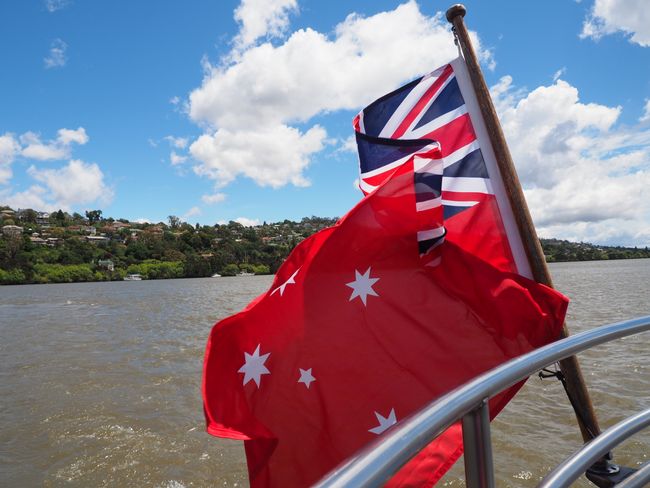
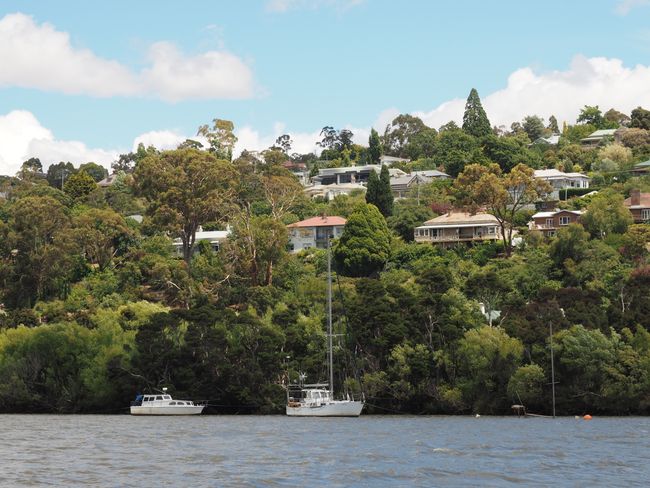
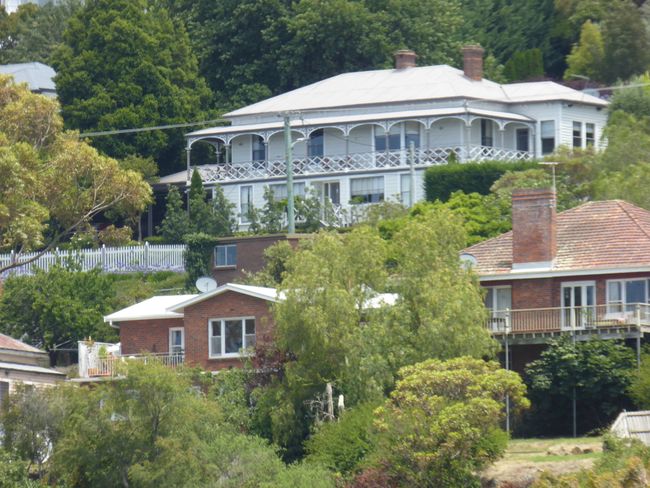
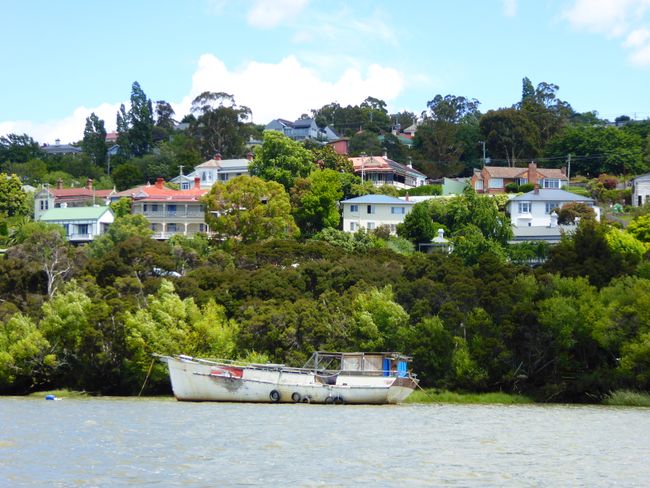
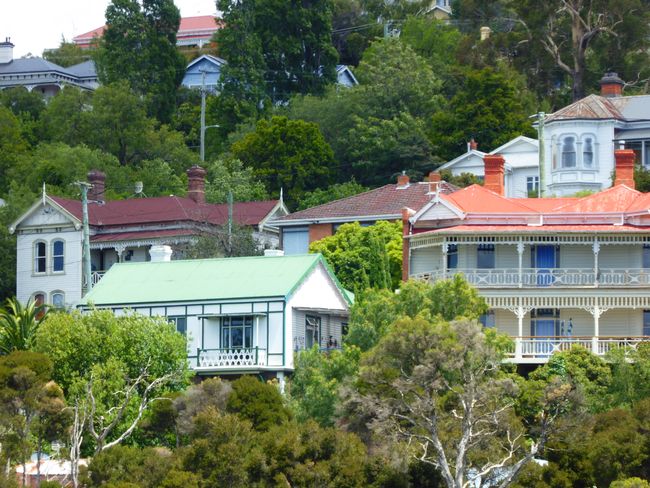
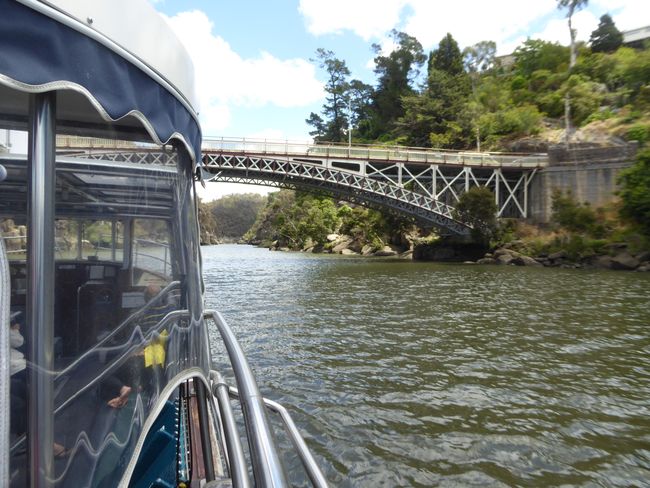
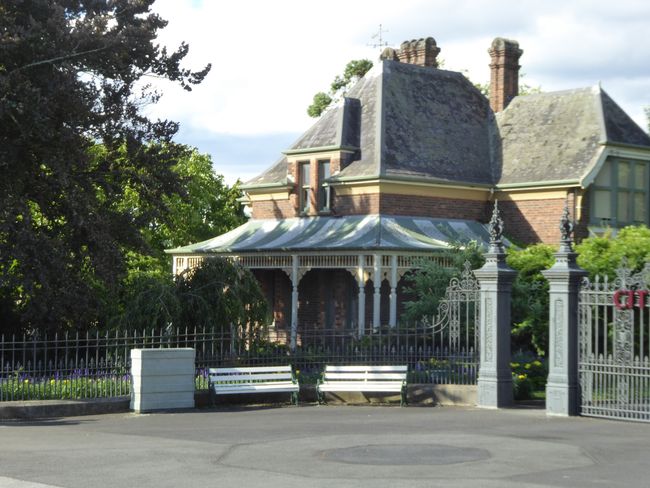
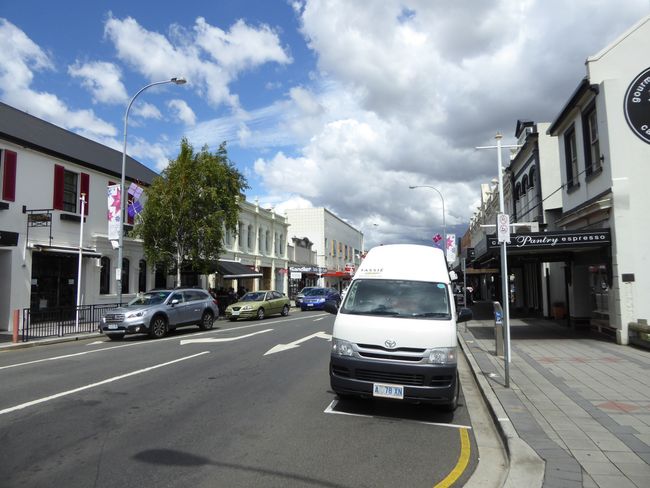
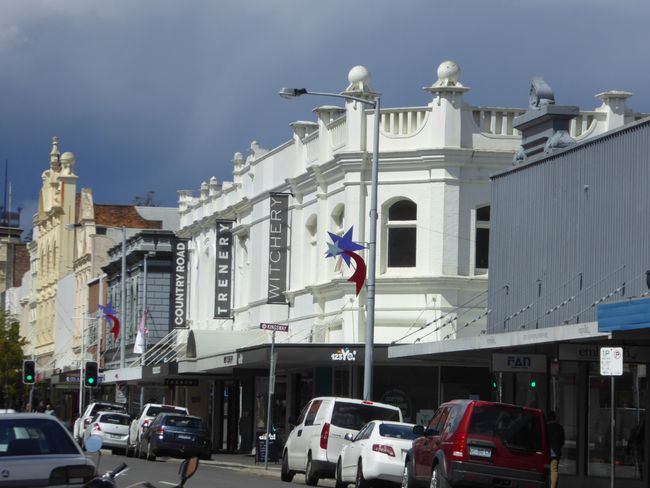
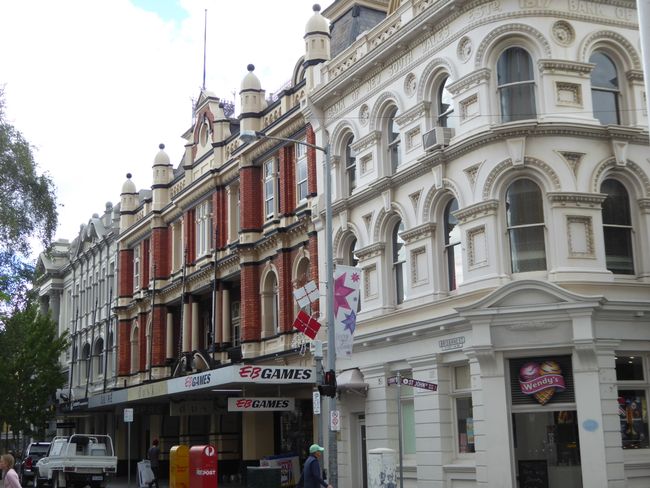
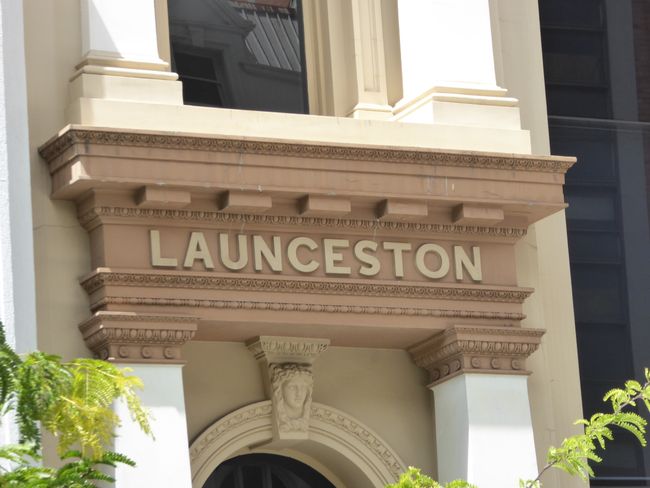
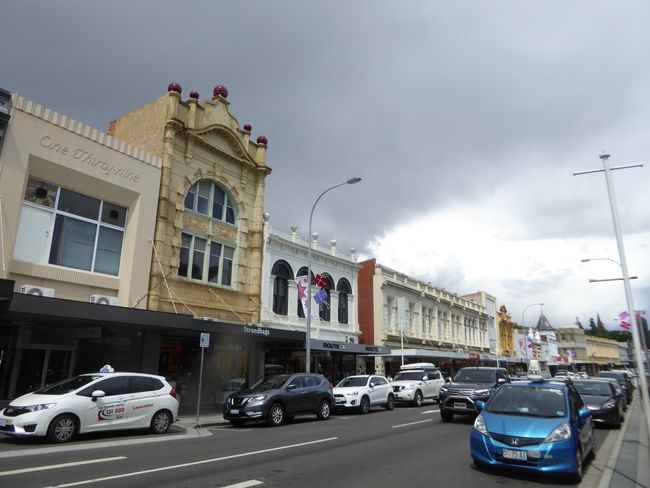
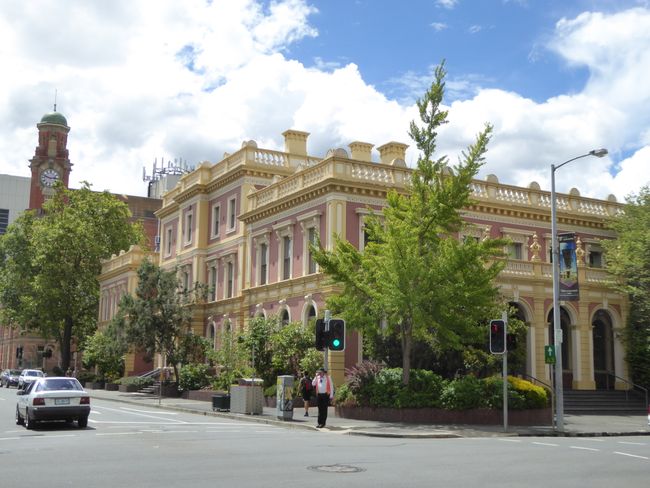
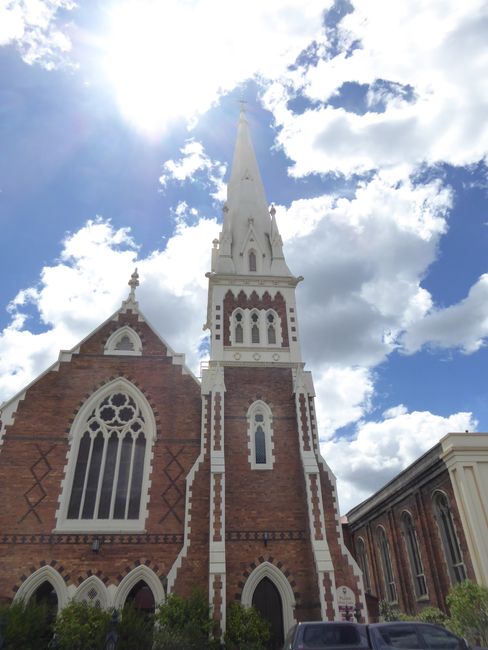
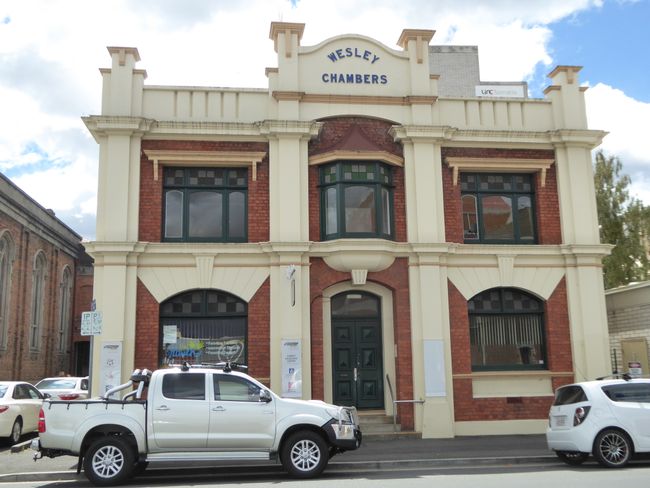
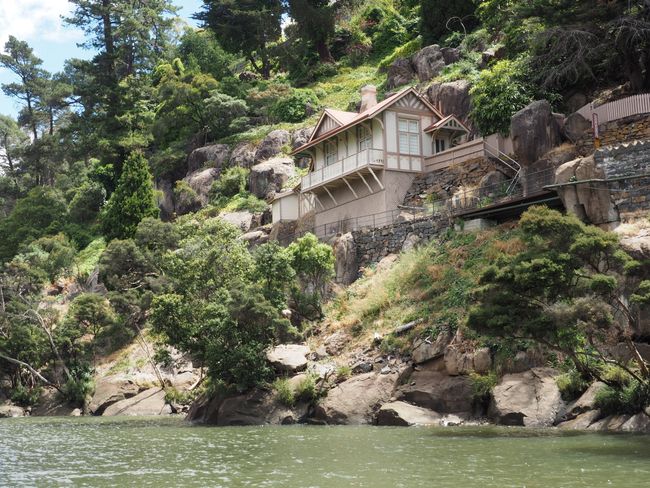
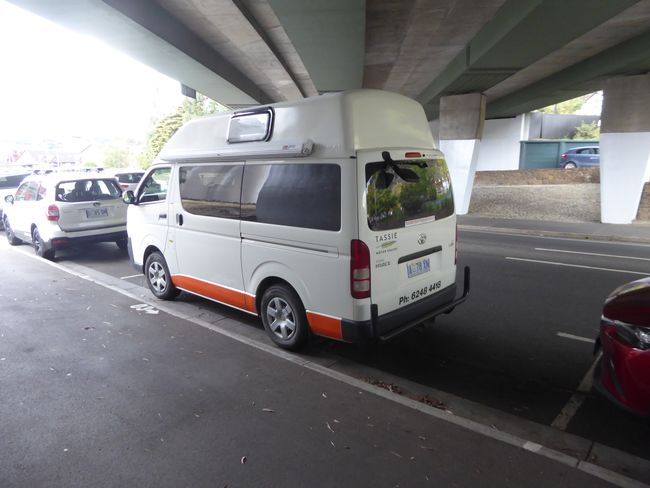
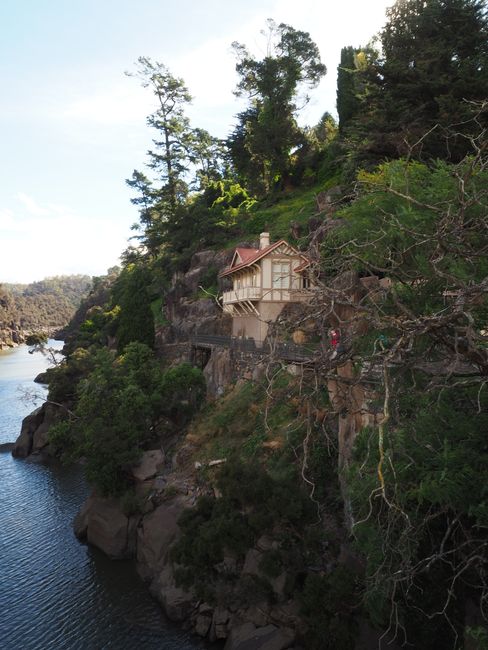
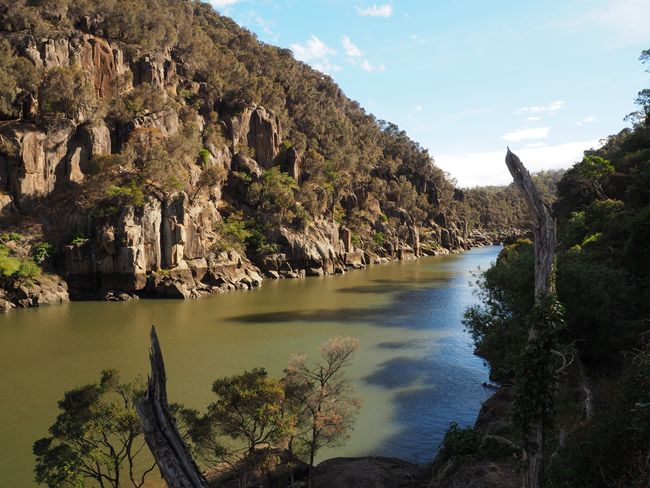
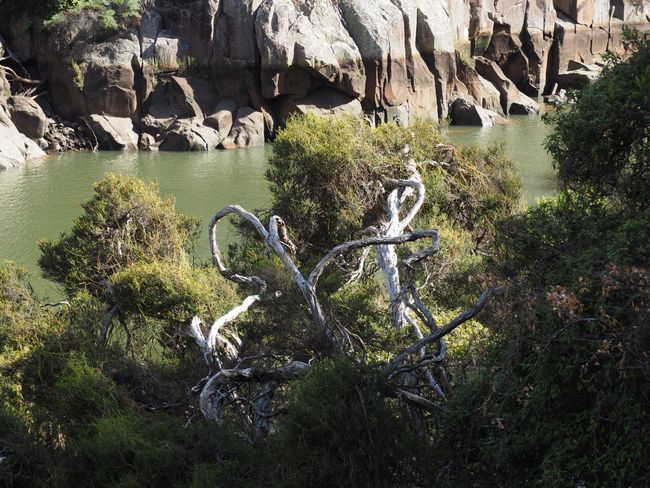
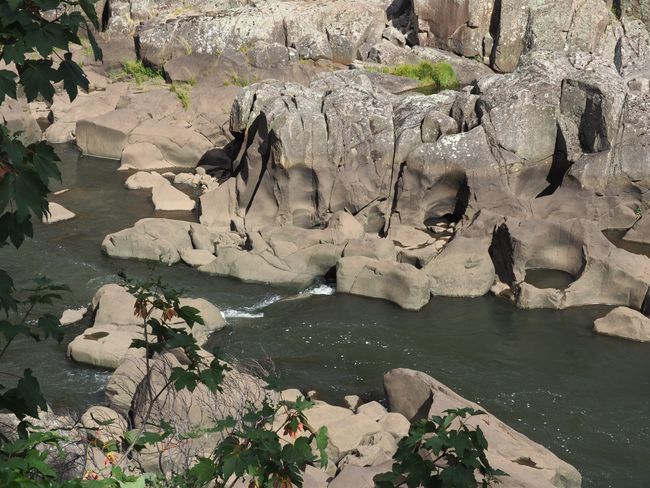
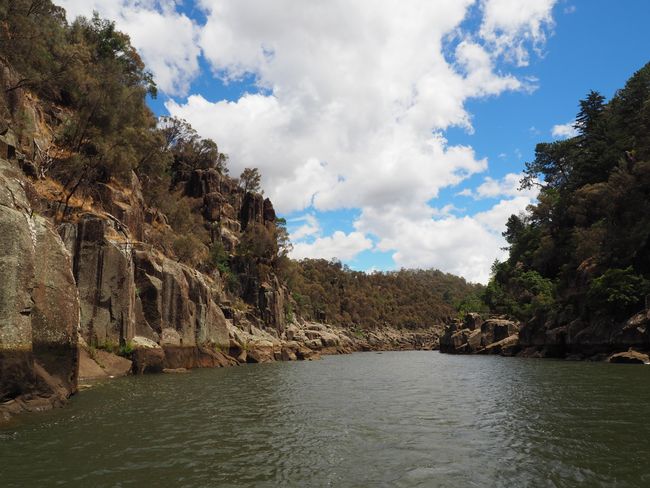
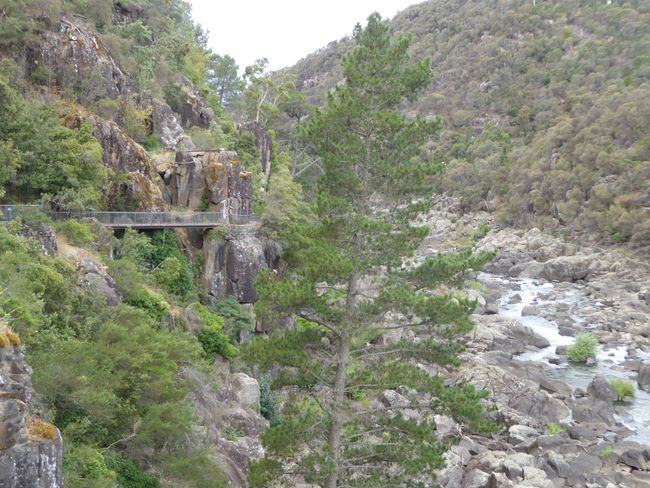
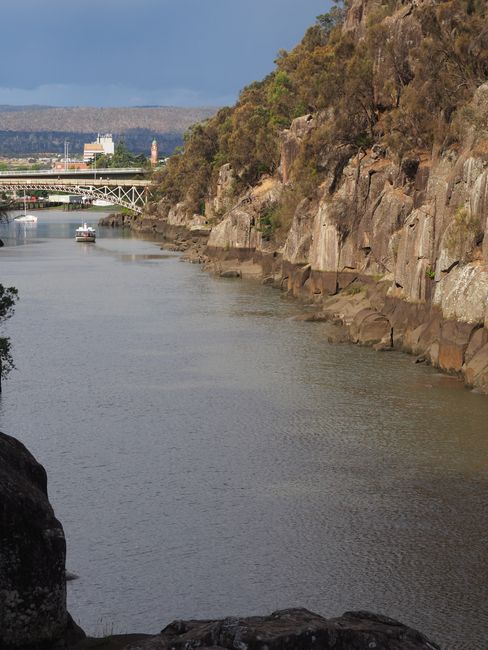
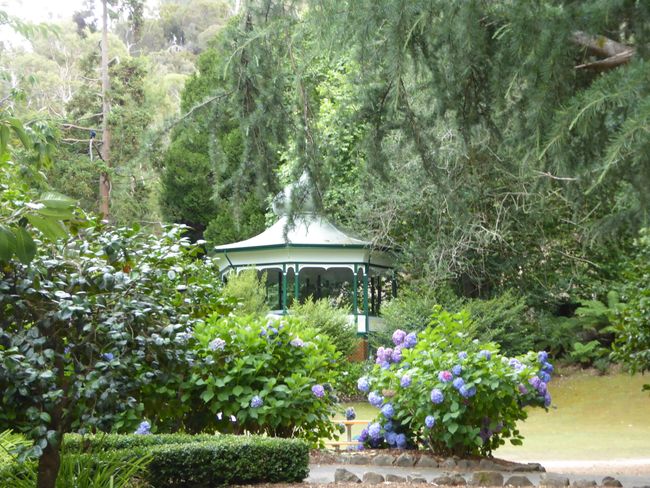
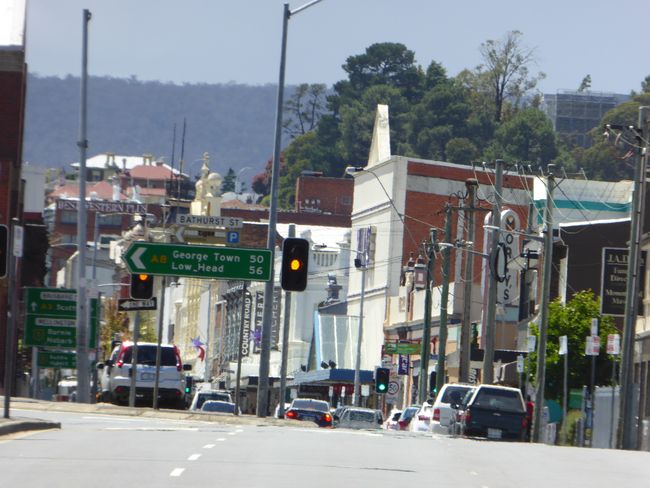
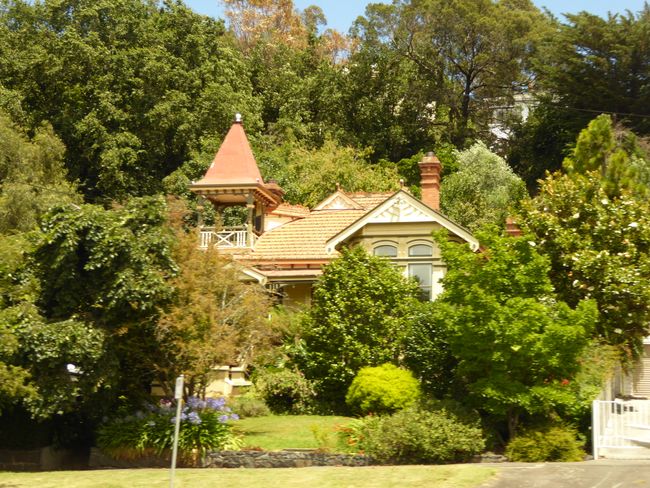
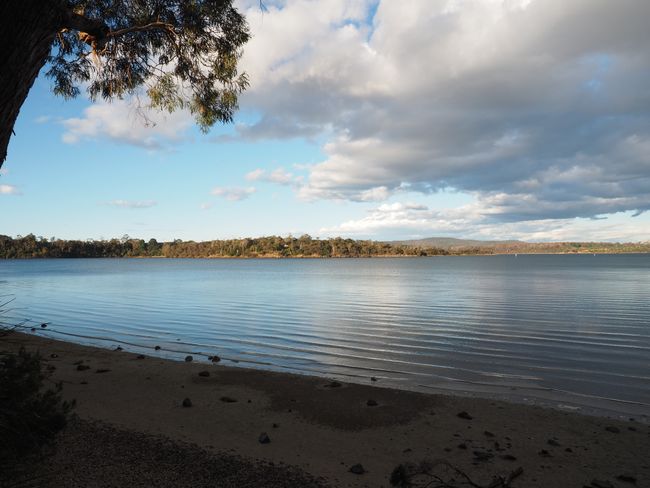
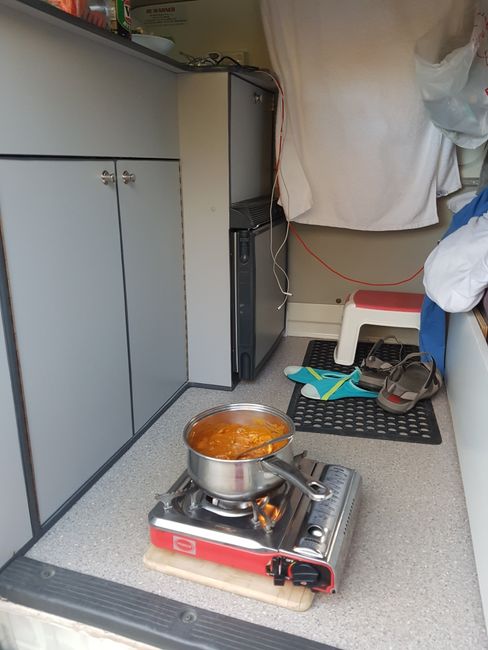
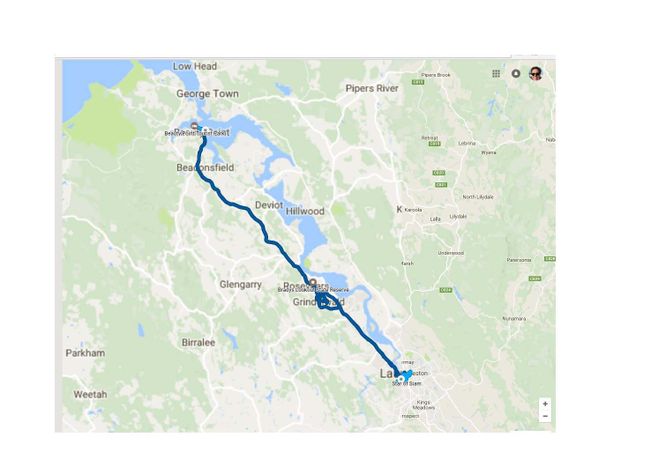
訂閱時事通訊
Saturday 13.1.18
The weather is looking better again and after breakfast I check in for another night. The price of $25 for a powered site is really great and this campground is right by the water of a bay of the Tamar River, which flows further north into the Bass Strait. A small beach is less than 50m from my pitch. It's quiet and the quality of the facilities is really good.
Before I head to Launceston, I first stop by the Platypus House in the small harbor of Beauty Point. Here, you can learn about the monotremes - platypus and echidna. Monotremes means "one hole" and describes the fact that these animals are called marsupials. The English term is actually nicer than the German one.
http://www.platypushouse.com.au/
These are so-called egg-laying mammals, which are unique to Australia and New Guinea. They are carnivorous.
You can only visit the Platypus House as part of a tour. The entry price of $22 for a senior (if you joke around a little, you can save $3) is okay. First, there is a 15-minute film about these animals and then we gather around a person who explains the two species to us using a stuffed example. Male platypuses have quite venomous spurs at the end of their bodies, which are initially present in females as well, but then degenerate and become non-functional. Platypuses - as cute as they may look, can be quite aggressive if approached incorrectly. And the poison from the male's spurs is extremely dangerous for all enemies, including humans. It causes extreme pain in humans that lasts for months and cannot be relieved even with morphine. The only way for a human to endure this is to practically be in an artificial coma for several months. The guy who is telling us all this mentions a former zoo manager who once grabbed a male platypus incorrectly and ended up in the hospital for almost 2 years and still suffers from muscle pain, which keeps recurring. Males are very territorial and also fight with their own kind using the spurs.
Platypuses are constantly diving up and down, up to 1000 times a day. When diving, they close their eyes and noses and move in a sideways snake-like motion while swinging their flat beaks from left to right. The beaks contain electroreceptors, which allow them to perceive the muscle contractions of their prey and find and eat worms and crustaceans without seeing them. A dive can only last up to 2 minutes. After a platypus dives, you can see air bubbles rising under their wide tail fins, which are released there so that the animal has less buoyancy.
Females lay about 3 eggs and the young hatch naked in a size of about 25mm. Since female platypuses do not have teats but have a milk field on their belly, the young lick the milk off the fur there. Amazing nature!
The platypuses are truly related to the echidnas - platypuses are actually considered living fossils.
A really interesting morning. The tour goes past aquariums and you can observe the platypuses as they search for food. Then you go into a tall room with trees, bushes, and sand, where some echidnas walk around, already sitting curiously at the door and then receive small bowls of food so that we can observe them well. Then they walk around among the visitors and are not shy. There are echidnas in all kinds of colors, including very light/white, which are not albinos, but color variations that are related to their habitat.
That was really good information!
It's almost 12.00h when I leave Beauty Point. Meanwhile, the sun is shining from a blue sky and I have successfully spent the somewhat cloudy phase inside the Platypus House.
The drive to Launceston takes about 45 minutes. But I make a detour to Brady's Lookout, where you have a wonderful view of the Tamar River and the valley. Shortly after, I turn right towards Grindelwald. A place that was probably meant to look like a European mountain village. But it didn't succeed. It looks more like a string of small Southfork ranches, all divided by white garden fences, but very fancy. The place doesn't have a town center, it consists only of residential streets, a small pond, and a cemetery. So after 10 minutes, I'm back on the highway heading south towards Launceston. Launceston is the second-largest city in Tasmania with almost 80,000 inhabitants. It is one of the earliest European settlements in Tasmania from the early 19th century and has a variety of beautiful old buildings and a natural attraction in the city area, the Cataract Gorge.
After finding a parking spot near the departure point of the small sightseeing boats and parking without a scratch, I rush aboard the 50-minute sightseeing tour as the last one at 13.30h. Well, it's not really what I imagined, and at $33 it's also very expensive. You drive along the slopes with beautiful, partly old houses and then turn towards the Cataract Gorge. However, as it is blocked by large boulders after about 150-200m, the experience is rather narrow. I had hoped that you could continue further. But well, Cataract is Cataract - I could have guessed...
So afterwards, I grab my camper and drive to the city center about 1.5km away, without knowing exactly where I want to go. I find a parking spot for $2.70, which is limited to 1 hour. Beautiful houses are here, old churches, and really nice facades. Plus a few shops - oh, civilization! So I walk a bit back and forth and find a Woolworth supermarket where I buy a few things that I have already used up. After an hour, I'm back at the car and head towards the Cataract Gorge. Then, for the first time, I have to reverse park the camper between two cars. But it's okay because the car is practically completely visible. Nevertheless, 5m in length is quite a challenge.
The path along the right edge of the gorge is easy to walk on (opposite is the Zig-Zag Way, which I was not recommended). The lighting is beautiful now, as it is already 16.00h when I start walking and the sun shines on the opposite bank. You walk about 25 minutes to a pavilion and a suspension bridge at the end of the gorge. There is also the longest single-span chairlift in the world, which crosses this gorge at over 300m. I am caught in a rain shower and others are waiting, so I decide to skip crossing the gorge via this bridge or with the chairlift, and after a little panoramic view, I start the return trip. Here, in this pavilion, you can have a nice tea time. However, the screeching of the many peacocks here is a bit annoying in the long run.
As always, when you go back the same way, the scenery offers different facets again, and I can't even say how many photos I have from the approximately 1.5 hours that I walked around here and stopped to look and take pictures.
https://www.discovertasmania.com.au/attraction/cataractgorgereserve
It's just after half past five when I'm back at the car again, I drive to the Woolworth again to buy some water and canned food that I didn't want to carry earlier. This is the first time the problem arises that I can't enter any of the car parks with my 2.50m high camper, so I have to park next door in the parking lot of a bottle shop, grab a bottle of wine there as an excuse, and quickly go shopping at Woolworth next door.
In the most beautiful evening light, I drive back north to my campground in Beauty Point. Again, I stop at Brady's Lookout, where I now have an even better view in front of me as the evening light illuminates the water and the surroundings very beautifully.
Unfortunately, the campground lady didn't give me a new code for the Wi-Fi this morning, so I don't have it today. But I have my data cards.
I turn on my gas stove, which I initially place in front of the camper. But as always, as soon as the sun diminishes, the wind picks up and blows out the flames under the pot. So I move the stove to the floor inside the camper, where it is a bit more sheltered from the wind. Today, I have "butter chicken" from a can, which is a kind of stew with chicken that is also flavored quite well. Really delicious, it only takes over a quarter of an hour to heat up. By now, I'm dressed in a fleece jacket and thick socks, and I'm happy about the hot meal. I sit inside the camper and eat there while it gets windier and colder outside. Anyway, I have been sleeping with a fleece sweater over my pajamas for several nights now because the temperatures stay below 10 degrees at night. The daytime temperatures are around 16 to 22 degrees. Absolutely pleasant and of course completely different from the Australian mainland in summer.
訂閱時事通訊
回答
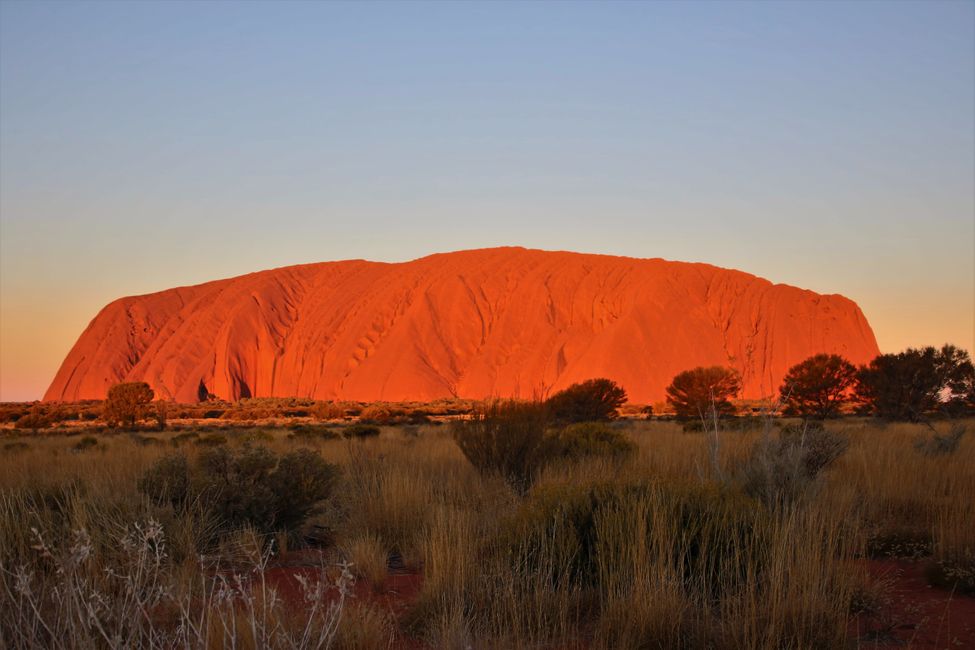
旅遊報告澳大利亞
